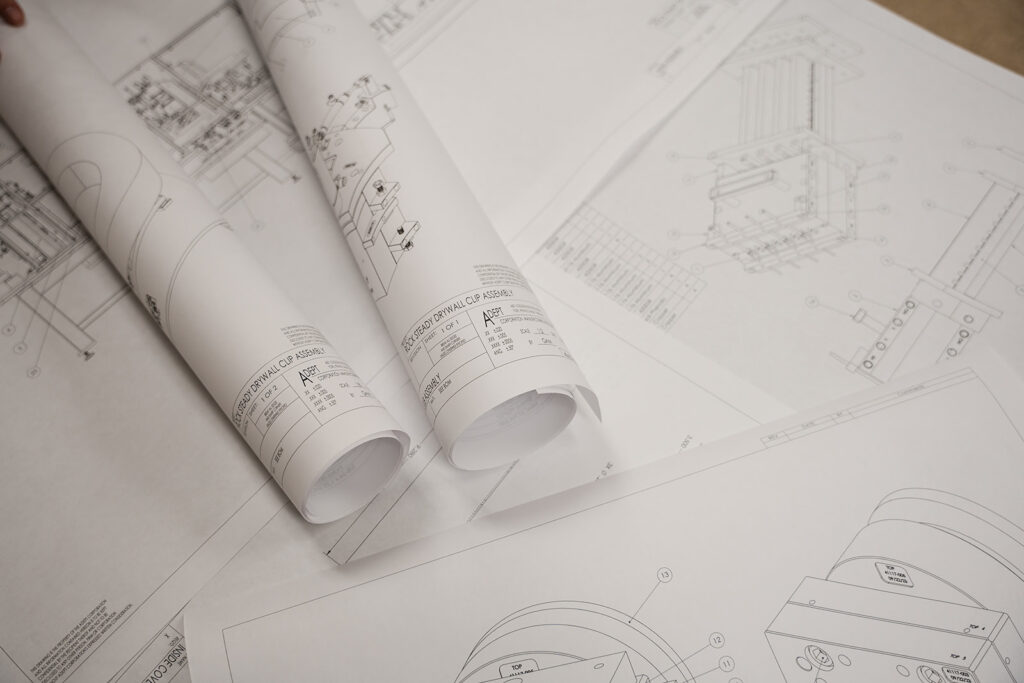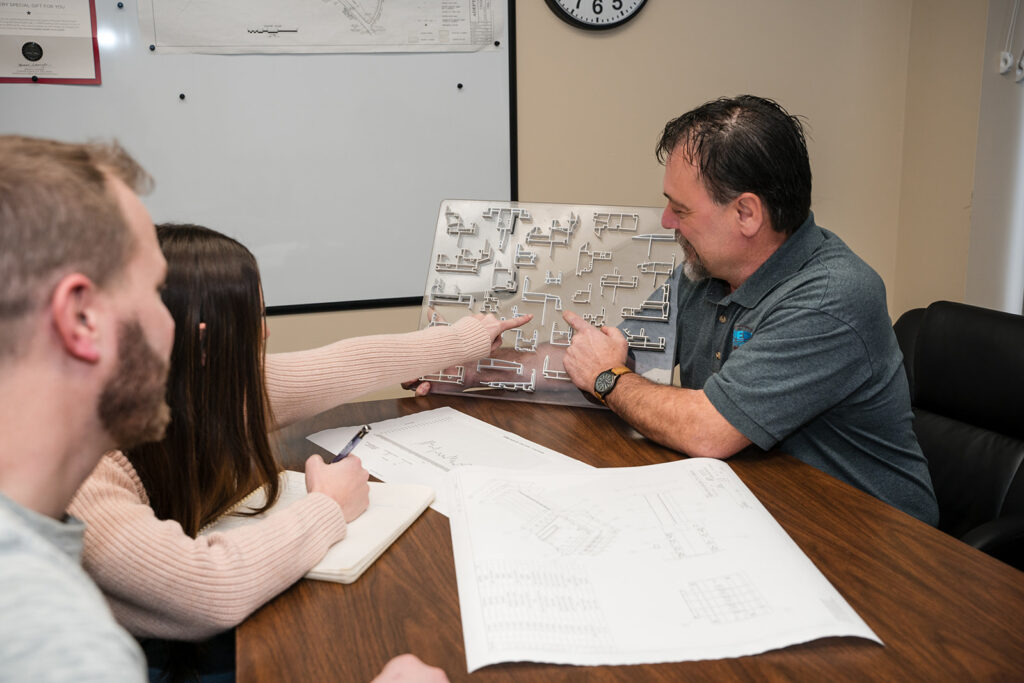From Concept to Creation: The Complete Lifecycle of a Plastic Extrusion Product
The journey of a plastic extrusion product from initial concept to final creation involves several critical stages, each demanding a unique blend of creativity, technical knowledge, and meticulous planning. Understanding this lifecycle is crucial for anyone involved in the plastic extrusion industry, whether you’re a manufacturer, designer, or end-user. In this article, we’ll explore the comprehensive journey of a plastic extrusion product at Adept Corporation, offering insights into the processes that ensure the production of high-quality, durable, and functional plastic components.
1. Conceptualization and Design
The lifecycle of a plastic extrusion product begins with an idea. This could be a need in the market, a request from a customer, or an innovative solution to an existing problem. Once the concept is identified, it moves into the design phase. Here, engineers and designers collaborate to create detailed drawings and specifications for the product. This stage requires a deep understanding of the properties of different types of plastics, the limitations and possibilities of extrusion technology, and the application for which the product is intended.
Using computer-aided design (CAD) software, the team develops a blueprint that outlines the dimensions, shape, and features of the final product. Considerations such as material choice, wall thickness, and structural integrity are crucial at this point. The design must not only meet the functional requirements but also align with the capabilities of extrusion machinery and tooling.
2. Material Selection
Once the design is finalized, the next step is selecting the appropriate material for the extrusion process. The choice of material significantly impacts the product’s performance, cost, and durability. Factors like temperature resistance, strength, flexibility, and color are taken into account. Common materials used in plastic extrusion include PVC, ABS, Polyethylene, and Polycarbonate, each offering different characteristics and benefits.
At Adept Corporation, we emphasize the importance of choosing the right resin that aligns with the product’s application, ensuring that the final product meets the required standards and regulations, particularly in industries like medical, automotive, and construction.
3. Tooling and Die Design
The heart of the extrusion process lies in the tooling and die design. A die is a customized, hardened tool that shapes the molten plastic into the desired profile as it exits the extruder. The design of the die is critical to the product’s success, as it directly influences the shape, surface finish, and dimensional accuracy of the final extruded product.
Creating the die involves precise engineering, as the design must account for the flow characteristics of the plastic material, cooling rates, and potential for deformation. Adept Corporation utilizes advanced technology and extensive experience to design and manufacture dies that ensure consistency, quality, and efficiency throughout the extrusion process.
4. The Extrusion Process
With the design and tooling in place, the extrusion process can begin. This involves feeding plastic pellets or granules into the extruder’s hopper, where they are gradually melted and conveyed through the barrel by a rotating screw. The molten plastic is then forced through the die, taking on its shape.
Temperature control is vital throughout this stage, as it affects the material’s viscosity and flow properties. The extruded product is then cooled, typically through a water bath or air cooling system, solidifying the plastic into its final form. At Adept Corporation, we monitor this process closely to ensure consistent quality and dimensional stability of each extruded profile.
5. Finishing and Inspection
After extrusion, the product may undergo various finishing processes such as cutting, drilling, or stamping to achieve the required dimensions and features. Surface treatments, such as texturing or polishing, may also be applied to enhance the product’s appearance or performance.
Quality control is integral throughout the manufacturing process, but it is particularly critical during the finishing stage. Inspections are conducted to ensure that the product meets all specifications, standards, and quality expectations. At Adept Corporation, our commitment to quality is unwavering, and our products undergo rigorous testing and inspection before they reach our customers.
6. Packaging and Distribution
The final step in the lifecycle of a plastic extrusion product is packaging and distribution. The finished products are carefully packaged to prevent damage during transportation and storage. Packaging solutions are designed to be cost-effective while ensuring product safety and integrity.
Once packaged, the products are ready for distribution to customers. At Adept Corporation, we pride ourselves on our efficient logistics and customer service, ensuring that our products are delivered on time and in perfect condition, meeting the diverse needs of our clients worldwide.
Conclusion
The journey from concept to creation in the plastic extrusion process is complex and requires a deep understanding of materials, design, and manufacturing principles. At Adept Corporation, every step of this lifecycle is guided by our commitment to excellence, innovation, and customer satisfaction. By controlling each stage of the process, we ensure the production of high-quality plastic extrusion products that meet our customers’ exacting standards and contribute to their success in various industries.
Understanding the complete lifecycle of a plastic extrusion product not only highlights the intricacies of the manufacturing process but also underscores the importance of each phase in achieving the final product’s quality and functionality. As the industry continues to evolve, Adept Corporation remains at the forefront, leveraging our expertise and technology to meet the challenges of today and the opportunities of tomorrow.











